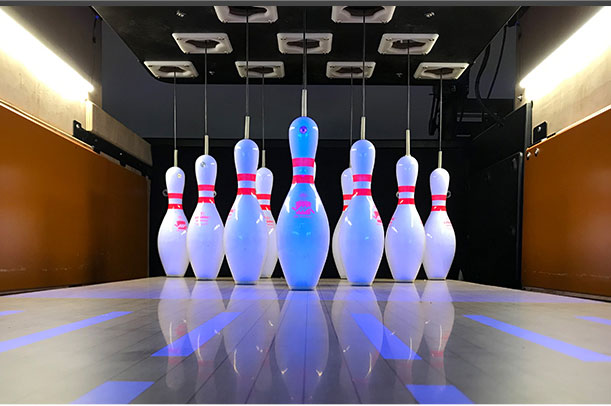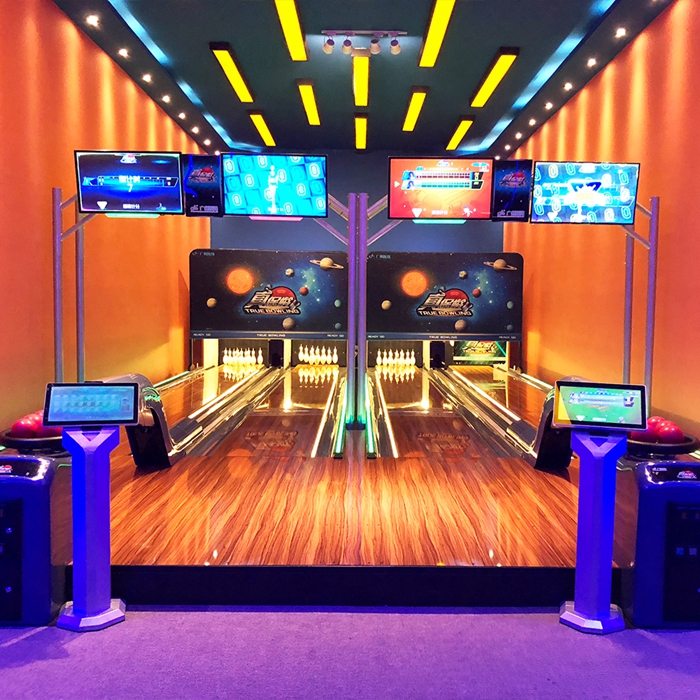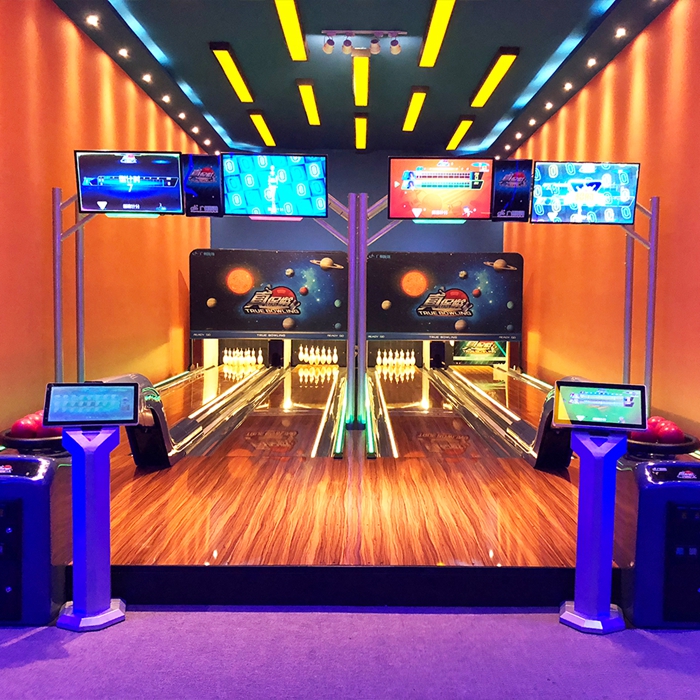parts of bowling

The ball itself
The bowling ball is the star of the game. Not only does it have to look attractive, but it also has to have precise balance and weight distribution. Typically, a standard bowling ball weighs about 6 to 16 pounds and is about 8.5 inches in diameter. Equally important is the ball’s layout, which includes three main weights-two on the sides and one on the bottom-whose location and density determine the ball’s spin and glide characteristics.
Lanes and gutters
Made of wood or synthetic material, bowling lanes can be up to 60 feet long and about 41.5 inches wide, with a specially treated surface to reduce friction and provide consistent rolling conditions. There are deep ditches on either side of the lane to catch balls that stray from the target and prevent them from rolling out of the lane.
Crash Pins
The crash pins are the ultimate target in bowling. A complete set of ten bowling crash pins, each about 15 inches tall, with a narrow top and a wide bottom, are designed to topple easily upon impact. The pins are arranged in a specific pattern, one in the first row, two in the second row, and so on, until the last row forms a triangle, requiring precise force control and angle calculation skills from the thrower.
Protective Equipment
Although bowling may seem gentle, long-term repetitive motions can cause stress on the hands and wrists.
Bowling is more than a sport, it is a science and an art. Every part, visible or hidden, silently contributes its own power to weave together each wonderful moment.







